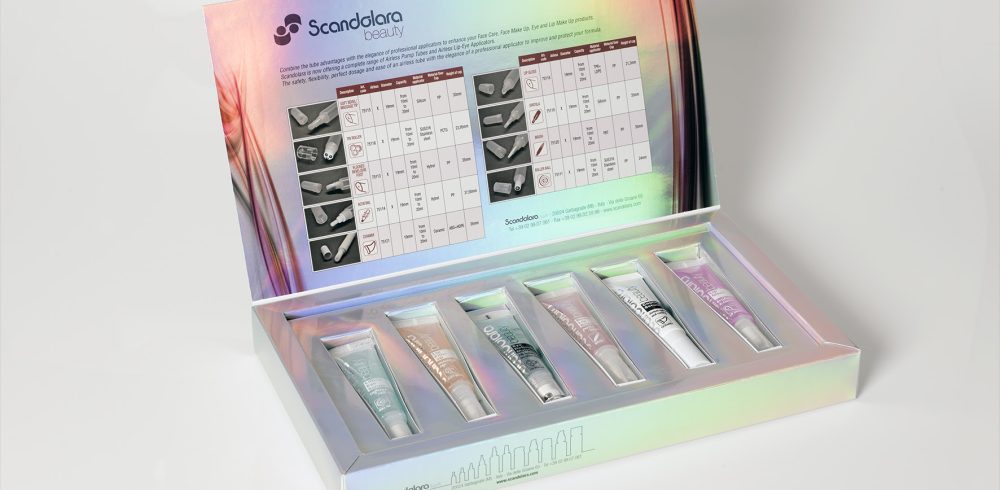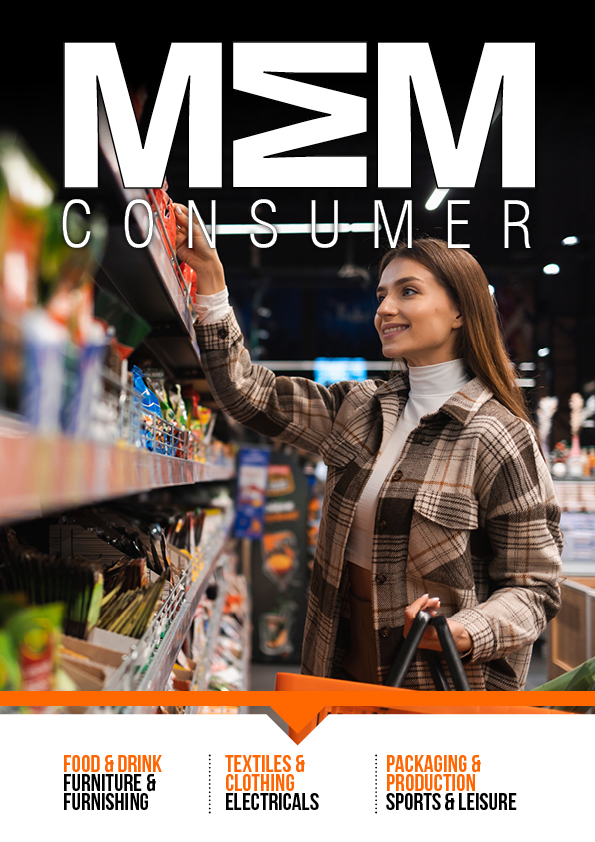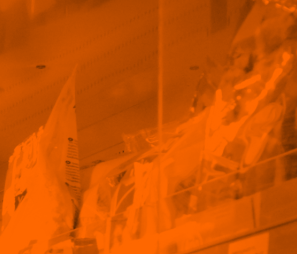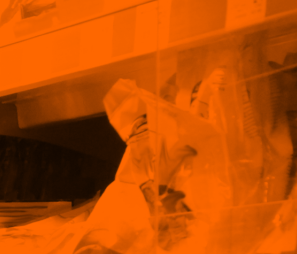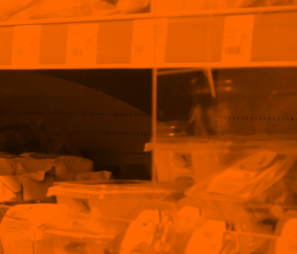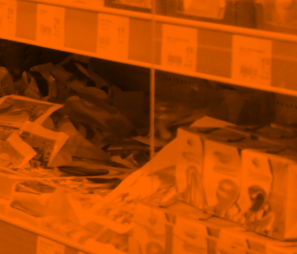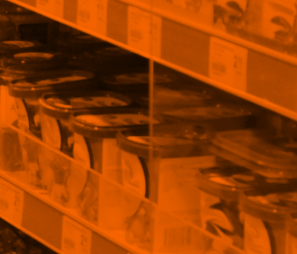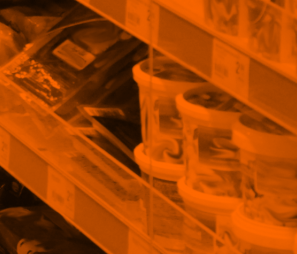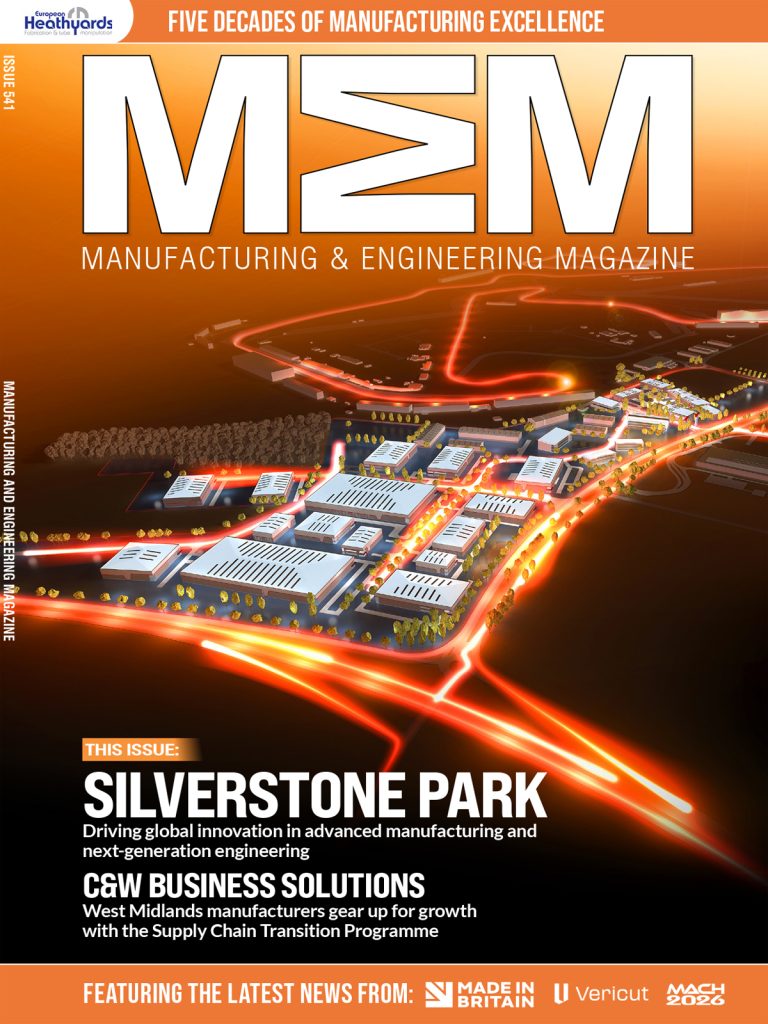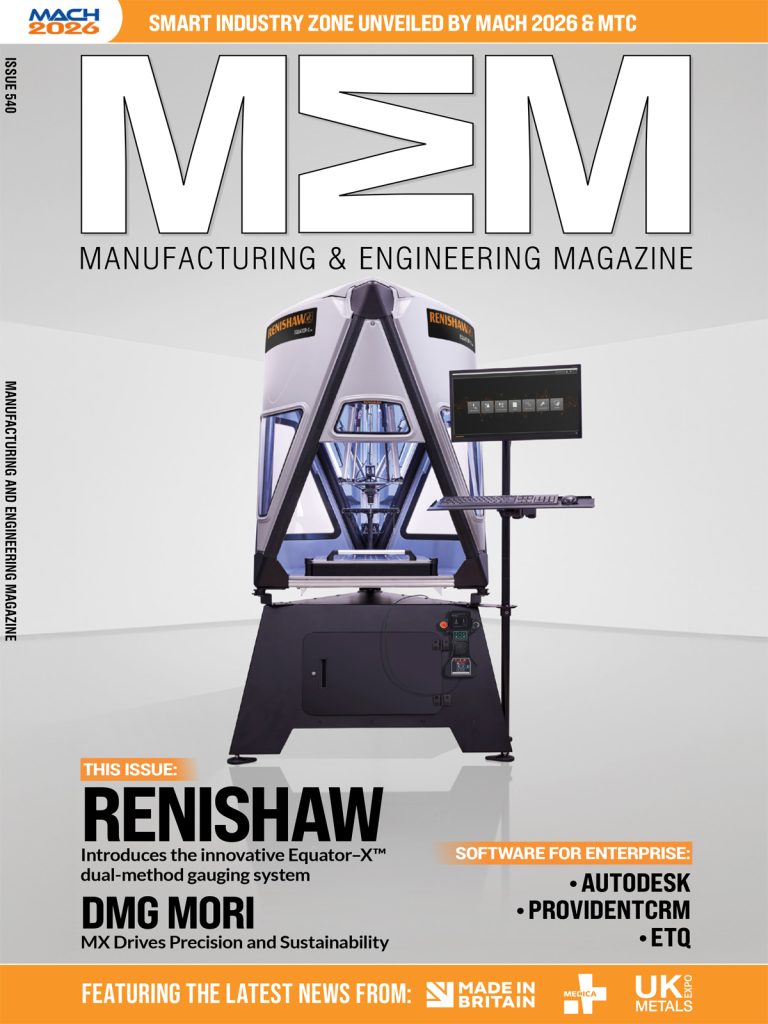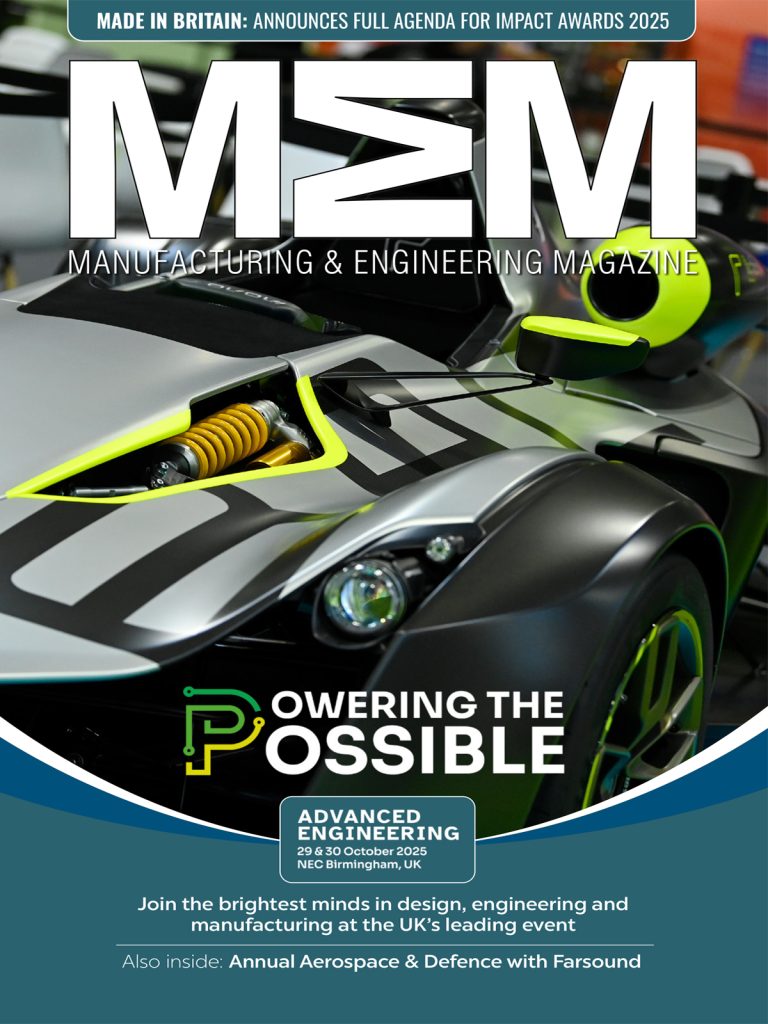Today’s consumers are aware of their environmental footprint and impact on the world around them.
This is at the same time as stricter rules are coming into force that require plastic packaging to not only be recyclable in its design but circular by its very nature.
Post-consumer recycled (PCR) material is an increasingly important topic for brands that rely on plastic packaging. It sits at the intersection of consumer requirements, government regulation, and corporate responsibility.
Consumers are actively looking for sustainable options and prefer brands that use recycled or recyclable materials. Using PCR content helps brands signal their commitment to sustainability and build trust with environmentally conscious consumers.
At the same time, the EU’s Packaging and Packaging Waste Regulation (PPWR) and other laws being implemented worldwide are mandating minimum recycled content volumes for plastic packaging. These volumes differ depending on the application, but regardless, compliance with recycled-content requirements is non-negotiable, so it is mission-critical for brands and packaging businesses.
As well as being mandated to think and act more sustainably, most businesses have robust corporate social responsibility (CSR) frameworks in place that are geared at protecting the natural world, conserving resources, minimising waste, and supporting the shift to the circular economy.
The result of this multifaceted and challenging environment is increased interest and heightened demand for packaging that includes PCR content.
Luckily for brands and designers, the packaging supply chain is already actively pursuing greater use of PCR content in a variety of different ways. Many of these are on show at London Packaging Week 2025.
Something old to create something new
Scandolara (E34) has been manufacturing tubes from sustainable materials for more than 16 years. For example, the company’s relife product is produced with 70% PCR rHDPE (food-grade) and blended with 30% virgin PE material. Caps are produced with 55% PCR PP. relife products are fully recyclable and form part of Scandolara’s range of sustainable primary packaging. This now includes aluminium tubes that feature PCR content.
YH tubes (E76) has squeezable tubes for skincare and personal care products that range from 5% PCR HDPE all the way up to being made fully from recycled material. The recycled content is sourced from recovered milk and beverage bottles, amongst other packaging waste. The PCR tubes are combined with caps that are made from 30-100% PCR PP.
ONEMaterial from Ramson Packaging (E36) is a portfolio of mono-material products that has been developed to be 100% recyclable. All components used to make the items are manufactured using a single material only, which can be either PE or PP. As much as 50% PCR material can be included, moving ONEMaterial from being recyclable and close to being circular.
Ramson’s round and oval shaped deo sticks already achieve this, as they are made out of 100% PCR PP.
The PCR versions of the Aria® and Prelude® cosmetics dispensers from Micro Delta Packaging (D48) are manufactured from 66% PCR content by weight. For the NEA PCR lotion pump, this increases to 71% (straight) and 83% (stepped).
The company’s PCR offer extends to a range of coloured triggers and spray nozzles, such as the Sinfonia® spray dispenser that features 53% PCR content by weight.
The range of plastic bottles and jars available from BlueSky (F72) that feature PCR content is another responsible option. These are made from recycled PET that reduces waste while maintaining the same durability and clarity as virgin PET, which coincidentally is the most recycled plastic in Europe.
Tall Boston round bottles made from PCR PET are suited for premium skincare and hair care applications, with straight-walled PCR PET bottles jars perfect for creams, lotions, and powder products.
BlueSky also offers aluminium bottles and tins for beauty and personal care packaging. This range is fully recyclable and includes options made from 100% PCR aluminium.
Since 2008, Spectra Packaging (E42) has pioneered sustainable packaging by championing the use of PCR plastics and exploring new bioplastic technologies.
To further drive progress, Spectra launched the PCR35 initiative in 2022, aligning with UK legislation requiring 35% recycled content in plastic packaging. This resulted in all new quoted projects including a minimum of 35% PCR as standard, unless customers choose to opt out. This follows the earlier PCR10 initiative from 2018, which successfully introduced many brands to the option of utilising recycled content in packaging. PCR35 represents the next step in raising standards, encouraging wider adoption and supporting customers in meeting both regulatory and consumer expectations.
Shifting expectations
Spectra continues to develop biopolymer options and PCR materials across both HDPE and PET. As recycling infrastructures and material innovations advance, the company believes packaging will be made with increasingly higher levels of PCR content, eventually reaching 100%.
Spectra’s support of the Prevented Ocean Plastic initiative is further evidence of its commitment to sustainable practices. This sees it incorporating certified POP resins recovered from at-risk coastal regions into new, traceable packaging. This helps customers cut virgin polymer use, demonstrating responsible sourcing and making a measurable difference to the environment.
Even the thermoformed pods and ampoules produced by Sampling Innovations Europe (E70) are available with PCR content. This improves the recyclability and environmental performance of these single-dose plastic packaging options, which are widely used for cosmetics and pharmaceutical products.
All of these innovations illustrate how PCR is no longer a nice-to-have for anyone involved in the development and use of plastic packaging. Rather, it is a business-critical strategy that impacts reputation, compliance, and long-term competitiveness.
The diversity of PE- and PP-based products being developed and already available with a high volume of PCR content is testament to the work going on within the supply chain to improve the environmental credentials of plastic packaging.
For those brands already integrating PCR content, they are ahead of the curve and have an important and strategic competitive advantage. Using PCR content in plastic packaging demonstrates clear action and measurable progress toward creating a sustainable and circular future for all.
Make sure you are not left behind and visit London Packaging Week 2025 to witness all the options already available to you, plus those coming in the future.
London Packaging Week takes place 15 & 16 October at Excel in London. The event is free to attend, and registration remains open.
Manufacturing & Engineering Magazine | The Home of Manufacturing Industry News




